Swiss (new) style
The Most Beautiful Swiss Books is a prestigious annual award that has become an international cultural benchmark, building on the golden age of Swiss graphic design that began after the Second World War. The success story of this Swiss speciality is far from over.
Swiss Style? A clean, precise typographic style, sobriety plus visual impact, and of course a pinch of the radical and experimental: the Swiss Style is inextricably linked with the story of modern Switzerland and values that have stuck with generations of artists. For over half a century, Switzerland's federal railways, national exhibitions and department stores have impregnated all aspects of our daily lives with a strong graphic identity that has spread beyond our national borders to the extent that the Swiss Style has also been called the International Style. Here are some examples of established figureheads and rising icons in Swiss graphic design who are making their mark between the imprints left by Max Miedinger (creator of Helvetica), Adrian Frutiger and Jan Tschichold, founder of...the Most Beautiful Swiss Books.
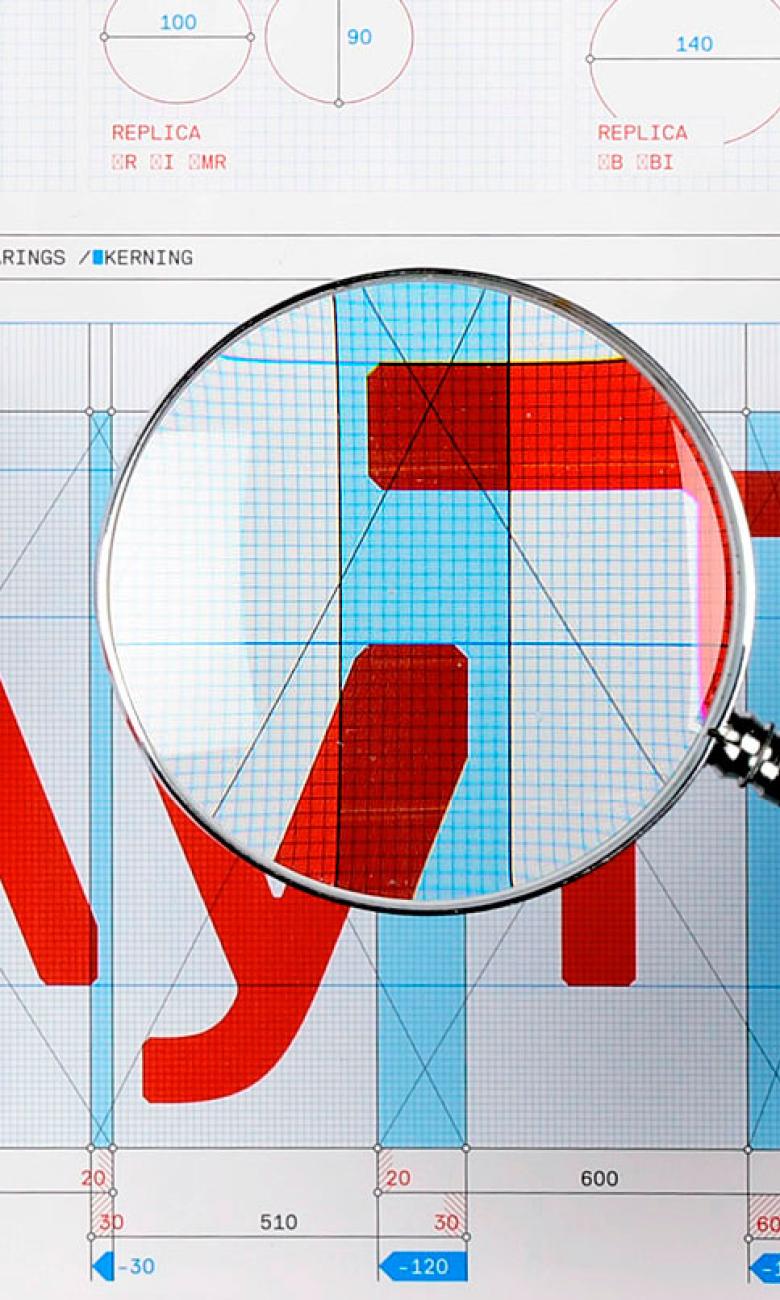
Living legends
Armin Hofmann
There is a before and an after Armin Hofmann. The singular Hofmann style has often been mimicked but never equalled. His work is characterised by a radical approach, often limiting colour to black and white in a tight geometric composition that usually combines photomontage with a precise typographic style. This legendary graphic designer and indefatigable teacher born in Winterthur in 1920 created the famous Expo 64 logo and developed, alongside Josef Müller-Brockmann, what came to be known around the world as the Swiss Style.
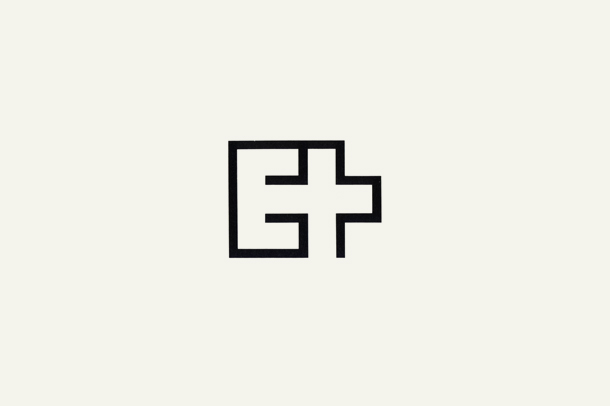
Wolfgang Weingart
Weingart, the enfant terrible of Swiss typography, was born on the shores of Lake Constance in 1941... In his Basel workshop, his typefaces seem to wander freely from decade to decade reflecting the moods of their famous creator. Right from the start of his career Weingart, born in 1941, broke with the established rules by freeing the letters from the shackles of their sacrosanct grid. Several decades of his (unconventional) lecturing at the Basel School of Design changed the lives of his students and international acquaintances for ever.
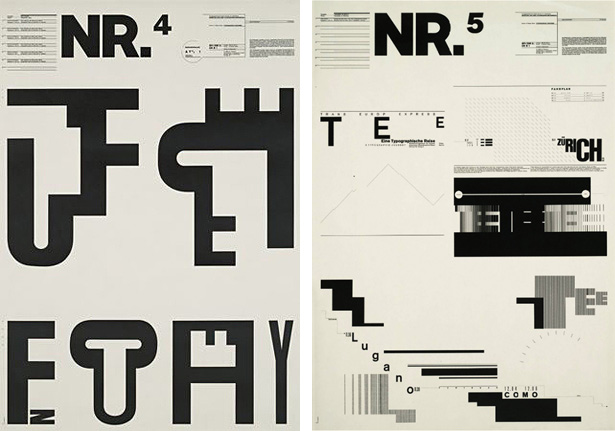
François Rappo
This prolific designer of typefaces found his calling at an early age when as a 9-year-old he was stunned by the power of the visual arts conveyed by Expo 64 (whose logo was designed by Armin Hofmann), an event held in his home city. Through his activities at ECAL in the mid-90s, this great bridger of generations put Lausanne on the map in the world of international graphic design along with the director at the time, Pierre Keller.
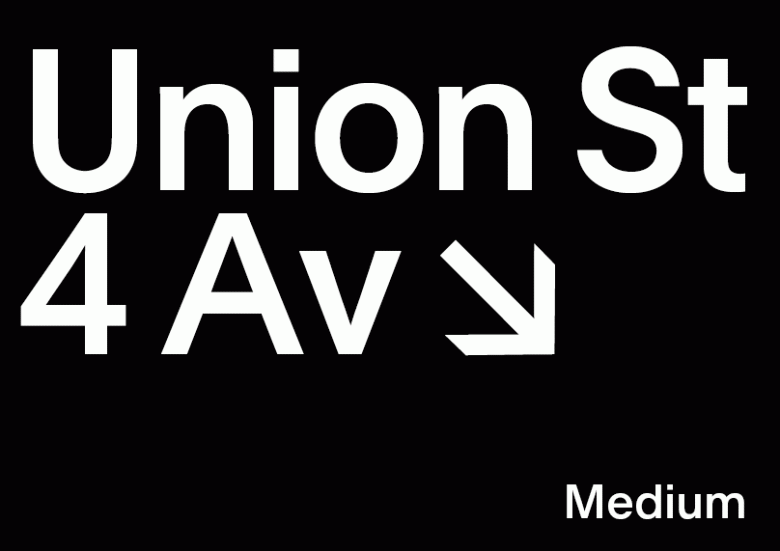
Current figureheads
Gavillet & Cie
Gilles Gavillet and the late David Rust set up this internationally acclaimed firm 15 years ago. Their firm has managed to stay a human size despite prestigious collaborations with the Venice Biennale, the Guggenheim in New York and Jay Z's Roc Nation. The Geneva-based studio is also one of the most influential in Switzerland, with creations including the Optimo Type Foundry, the corporate identity of the art publisher JRP|Ringier and the design of the annual catalogue for Art Basel.
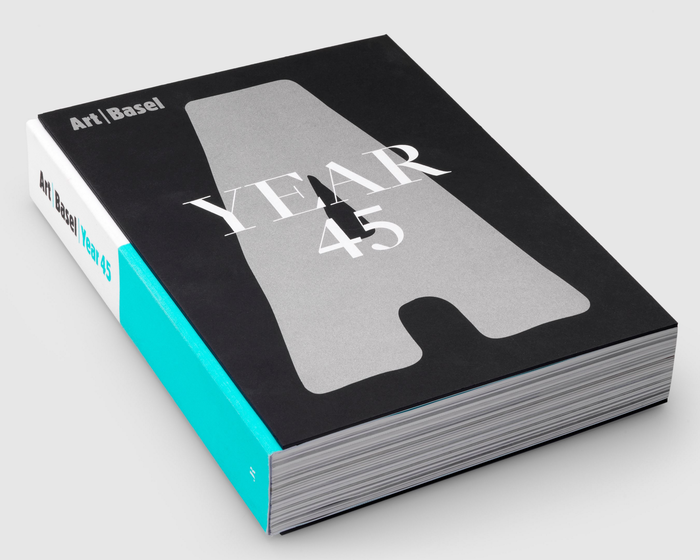
Ludovic Balland
Anyone walking in the streets of Basel will be able to spot the visual presence of this graphic designer born in 1973 and known for his work with architects Herzog & de Meuron and with Theater Basel. In fact the city on the Rhine is not the only place you will come across Ludovic Balland. Geneva, with its Antigel festival, and Warsaw and its Museum of Modern Art are among the many cities to have benefited from his remarkable designs. His work celebrating the 30-year anniversary of the Centre culturel suisse de Paris is a prime example. Weingart's former pupil is outgrowing his teachers.

NORM
Do the best designers come in pairs? This versatile duo from Biel/Bienne seem to think so. Dimitri Bruni and Manuel were even able to master the most intricate printing technologies at their Zurich-based firm to produce the winning design (sadly ultimately abandoned) in the Swiss National Bank competition for a new series of banknotes. In addition to collaborations with Cologne airport and the architect SANAA (which designed the Rolex Learning Center), NORM recently published the influential work 100 Years of Swiss Graphic Design.
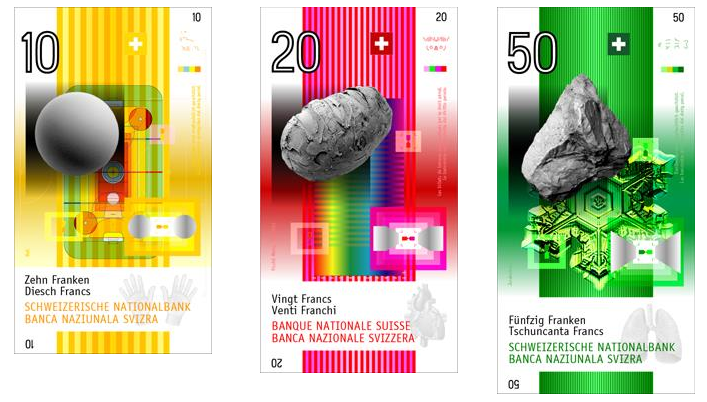
The rising stars
Marie Lusa
A name that is as short as it is intriguing, and pronounceable in any language – which is good because Marie Lusa is (hyper-) actively involved in the arts in both French- and German-speaking areas, and has many talents from graphic design to photography. Whether at the Migros Museum of Contemporary Art (one of Switzerland's most important art institutes), the Fondation Vincent van Gogh Arles or the Paris Internationale art fair, the dynamic approach of this Jura-born artist always promises to make sparks fly.
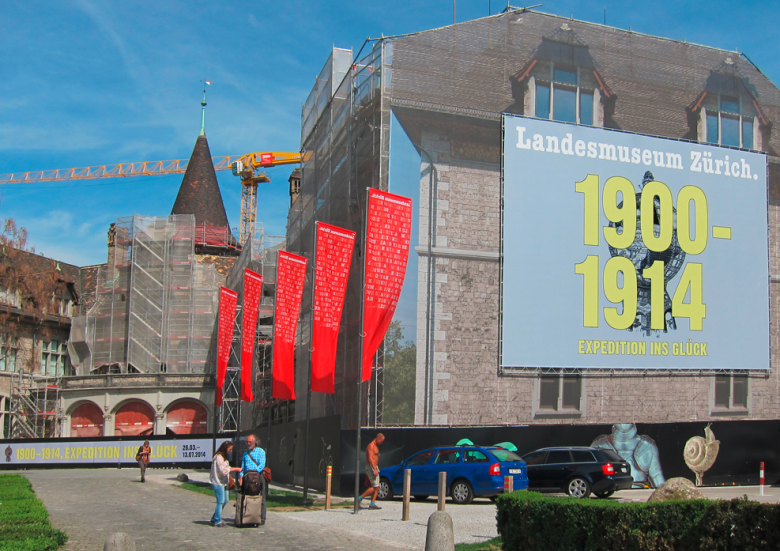
Maximage
Two is good, more is better. With its changing constellation of contributors, Maximage, which is known for its research into printing processes seems to have taken this saying to heart. While it works with many Swiss institutions including publisher Patrick Frey and the Federal Office of Culture, the fact that their firm has 'société suisse' tagged on to its name has not stopped Julien Tavelli and David Keshavjee, the brains behind Maximage, from making their mark abroad. The distinctive work of these thirty-somethings is followed closely far and wide.
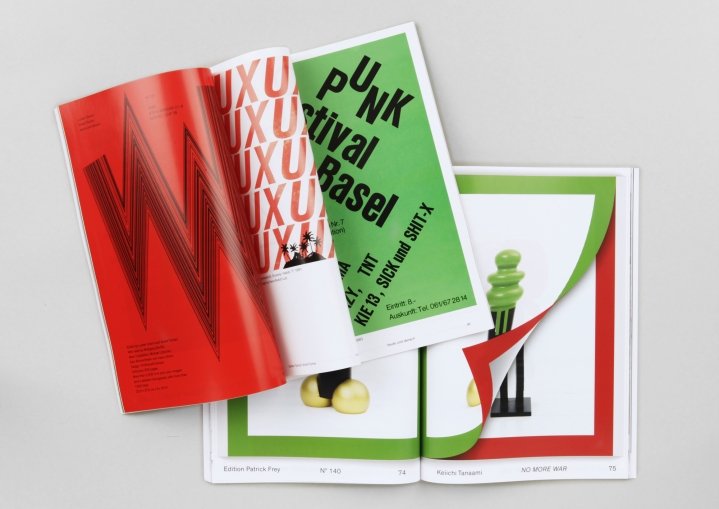
Atlas Studio
Atlas Studio's hallmark fusion of type and words packs a punch. The studio established in 2012 by Zurich-born trio Martin Andereggen, Claudio Gasser and Jonas Wandeler quickly made a name for itself for its characteristic take on the basic elements of graphic design. The posters in which the studio specialises can be seen from afar with their high-impact arrangement of bold typography, lines and surfaces, as in their unmistakeable designs for the Swiss Design Awards and the legendary music venue Bad Bonn. A fine tribute to tradition!





